An African leader once said to an official of the Republic of China. "If you give us a fish, we can eat only one fish. But now that you have taught us how to fish, we will always have fish to eat."
Helping African people learn specialist skills to improve their standard of living is the goal of Free China's agricultural and handicraft experts working in Swaziland.
Swaziland has an area of some 17,000 square km, but has only 630,000 people. The typical view from a roadside allows an unimpeded vista of farmers attending to the fields against a background of a deep azure sky.
Both Swaziland and Lesotho are small countries surrounded, or almost surrounded, by South Africa. While Lesotho has a severe shortage of forests, Swaziland is a luxuriant oasis aptly nicknamed the Switzerland of Africa.
Although there are many cultural similarities among African nations, economic development is uneven. For this reason ROC agricultural missions must tailor their programs to the specific needs of each country. While it is difficult to compare the achievements of the various ROC missions in Africa, their unbounded enthusiasm is consistent.
Technical cooperation between Swaziland and Free China covers such areas as agriculture, handicrafts, consulting, medicine and education. The most significant of these categories are agriculture and handicrafts.
Said Tsai Chi-feng, leader of the agricultural mission, "The fertile land is mainly located on the eastern plains of Swaziland, but most of it is already farmed, using modern methods. The main crops there are sugarcane and cotton. Our mission is opening up smaller, less fertile poorer areas."
The ROC mission to Swaziland was established in 1969 and has, under the circumstances, achieved good results. Beginning with rice promotion, the program gradually expanded to include vegetables and other dry crops. Since 1980 the mission has also been working on developing improved strains of corn.
"We chose rice at first because that's our specialty. Success with rice laid a good foundation for our future work," explained Tsai, an agricultural institute graduate who has been on agricultural missions for some 19 years.
"The staple crop in Swaziland is corn, although rice is now becoming popular. Rice is a little more expensive than corn and is still considered something of a luxury. Africans and Chinese have different tastes when it comes to rice; they don't like the Penglai variety which is popular in Taiwan. Here it's sold unpolished as a health food. They prefer to eat a long grained rice called blue bonnet and so we are now promoting this variety too."
The mission is headquartered in the suburbs of Mansini and there are nine stations throughout the Kingdom. The eighth station, located in northern Swaziland, has the largest area and its own irrigation system. The station started opening up land for cultivation along both banks of the Tintinyane River in 1981.
Station Chief, Peng Jui-tuan says, "This used to be swampland and no one had attempted to cultivate it. We made a feasibility study and consulted with local leaders and farmers. After deciding to take on the project, we drained the swamp, leveled it out with bulldozers and constructed irrigation canals. While the reclamation work was under way, farming families were settled. The project is divided into 12 districts of which three have been opened up. Already 20 families have moved in."
"Currently we grow wet rice in the summer and vegetables and dry crops in the winter. With ample water and fertile soil the harvests are quite respectable. Last year we hit a record of 6.8 tons per hectare."
When we arrived in Swaziland it was harvest time. The golden husks of rice were out in the sun drying. Later they would be put in a threshing machine designed by the mission and entirely constructed with locally available materials. All of Swaziland's rice is sent to the only large-scale rice mill in the country, to be processed on equipment mostly donated by the ROC.
Manager of the rice mill is Liu Sheng-hsun, a former member of the ROC agricultural mission. Who now is employed by the Swazis in recognition of his earlier work. In the past, says Liu, Swaziland had to import rice, but now exports are possible.
Liu's family runs a rice mill in Taiwan, so he is very familiar with the business. In the past the mill was equipped with German and U.S. machinery, but recently new equipment made in Taichung was imported. "Swaziland's rice production is not particularly large," explains Liu, "so I think the Taiwan-made machinery is quite suitable."
At the mission's second station, Luo Kuo-tung, a horticulturist seconded from the Taiwan Sugar Corp. is engaged in improving seed varieties. Usually mission members are seconded for two year terms and this is Luo's second term in Swaziland. Once he knew that Swazis like sweet potatoes Luo acquired some samples from the Asian Vegetable Research and Development Center.
"I also brought some long-grained rice from a Taichung agricultural institute. After some tests we discovered that this variety is much more productive than the local blue bonnet. Next year we will set up demonstration plots and widely promote it," says Luo.
The mission also breeds a large variety of livestock. The "ranch" covers an area of 700 hectares divided into seven sections. Owing to the small size of the market in Swaziland, there is no need for large-scale operations.
In addition to the agricultural mission, the handicraft mission to Swaziland has achieved good results because the raw materials for a handicraft industry - wood, stone, leather and clay - are plentiful in Swaziland. Ten years ago the Swazis suggested to Luo Min-yuan, the then ROC ambassador, that assistance in this area would be appreciated.
There are currently six handicraft experts from Taiwan in Swaziland. The mission provides one-year courses, of which the first three months are devoted to learning the basics. The works done after this period are sold in a special shop and some of the takings are remitted to the students. Those showing particularly strong aptitude can be promoted to assistant lecturer and earn a good income. Thus, the attitude to learning is positive.
The handicrafts center is already firmly established, so the next project is to produce a curriculum to enable the program to continue long after the Free Chinese teachers have returned home.
[Picture Caption]
Left: Mission members chatting with local farmers. Right: Planting potatoes under the azure African sky.
1: Rice is one of the missions main projects. 2: Tomatoes are very popular in Swaziland. 3: Vegetables planted in a mission supervised plot. 4: Mission leader Tsai. 5: A mission member poses with a Swazi farmer who has benefited greatly from the mission's assistance. He has recently built two houses and purchased a Japanese truck.
1,2: Mission member Wu Kuang-hui supervises the mission ranch. 3: Mission members make thorough records of production. 4: The mission is constructing its own dormitories. 5: Harvesting sisal.
1: Technician Hung teaches leatherwork. 2: Design classes place emphasis on commercial applications. 3: Mrs. Feng teaches dressmaking. 4: Mission leader Cheng. 5: Teaching a student how to use the wheel. 6: A Swazi girl with two loaves of locally-made bread.
1: Mr. Bogani with two of his most recent works which are shaped in the form of a map of Swaziland. 2: A traditional Swazi dance, the Sibaha.
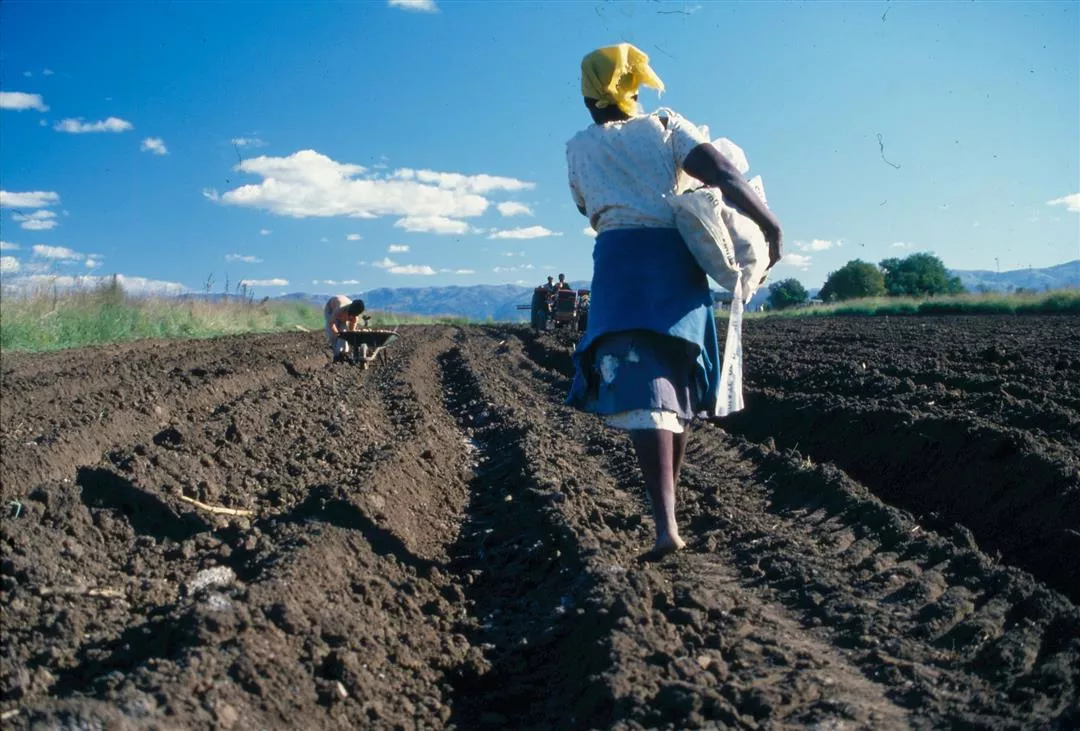
Planting potatoes under the azure African sky.
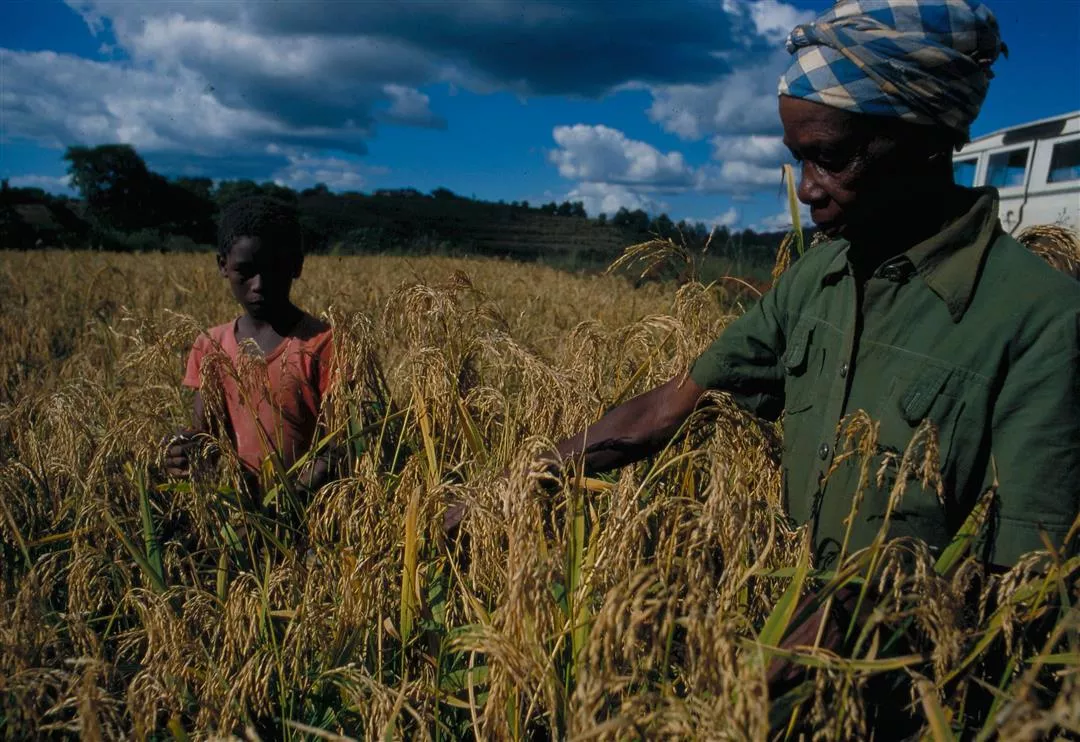
Rice is one of the missions main projects.
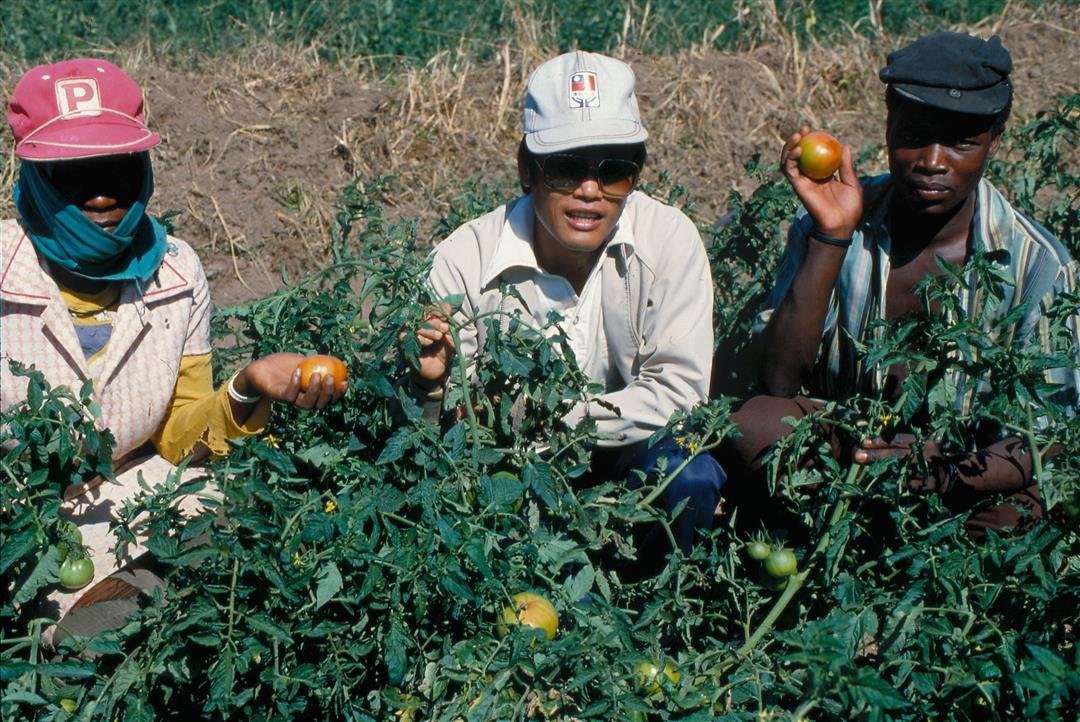
Tomatoes are very popular in Swaziland.
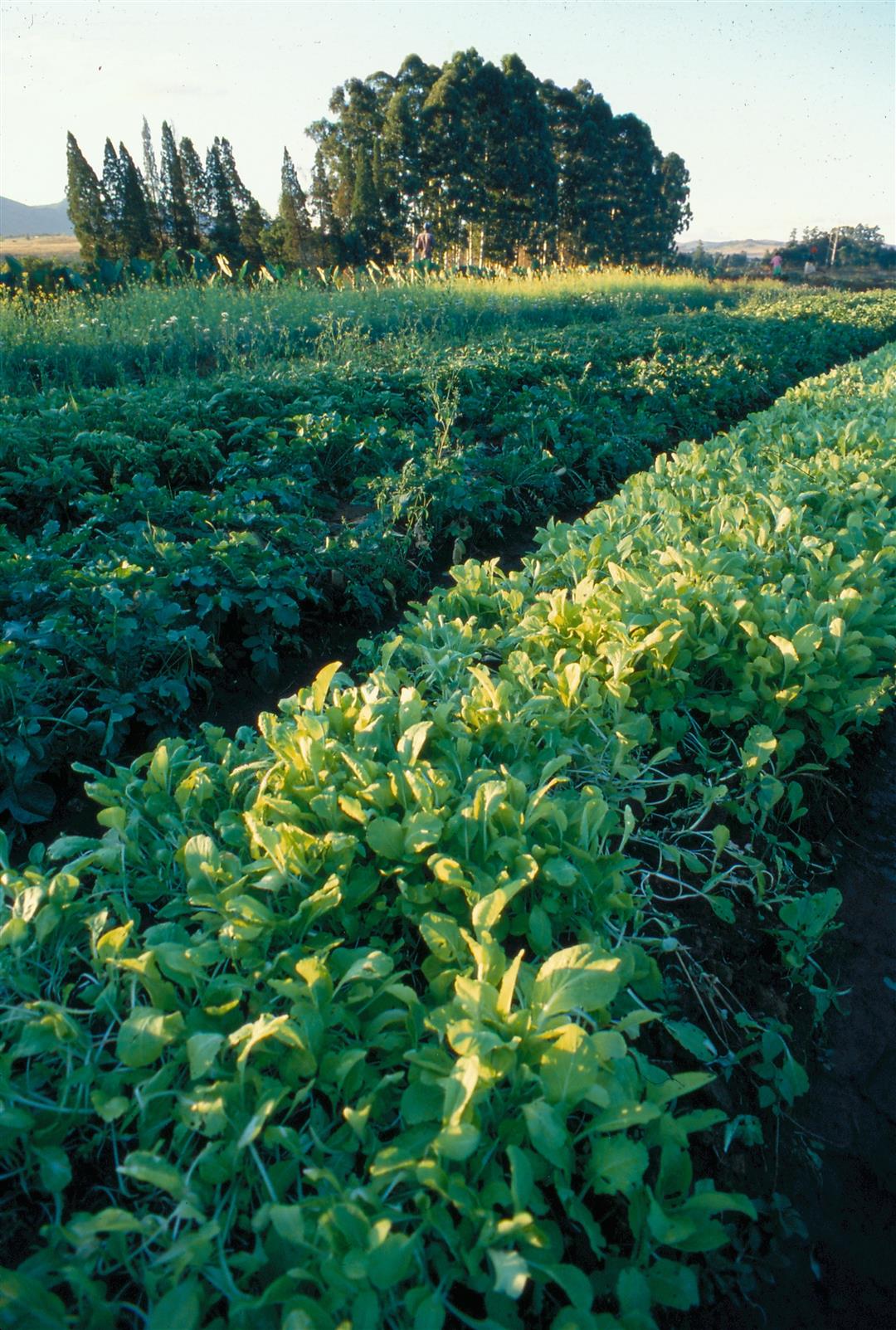
Vegetables planted in a mission supervised plot.
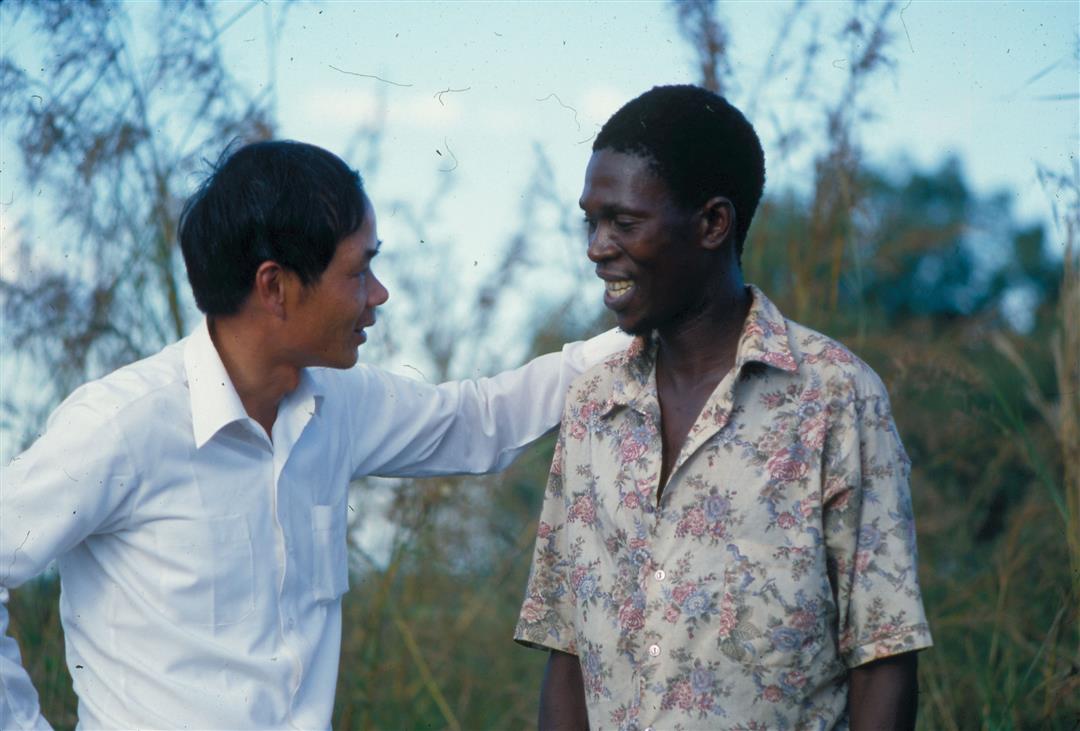
A mission member poses with a Swazi farmer who has benefited greatly from the mission's assistance. He has recently built two houses and purchased a Japanese truck.
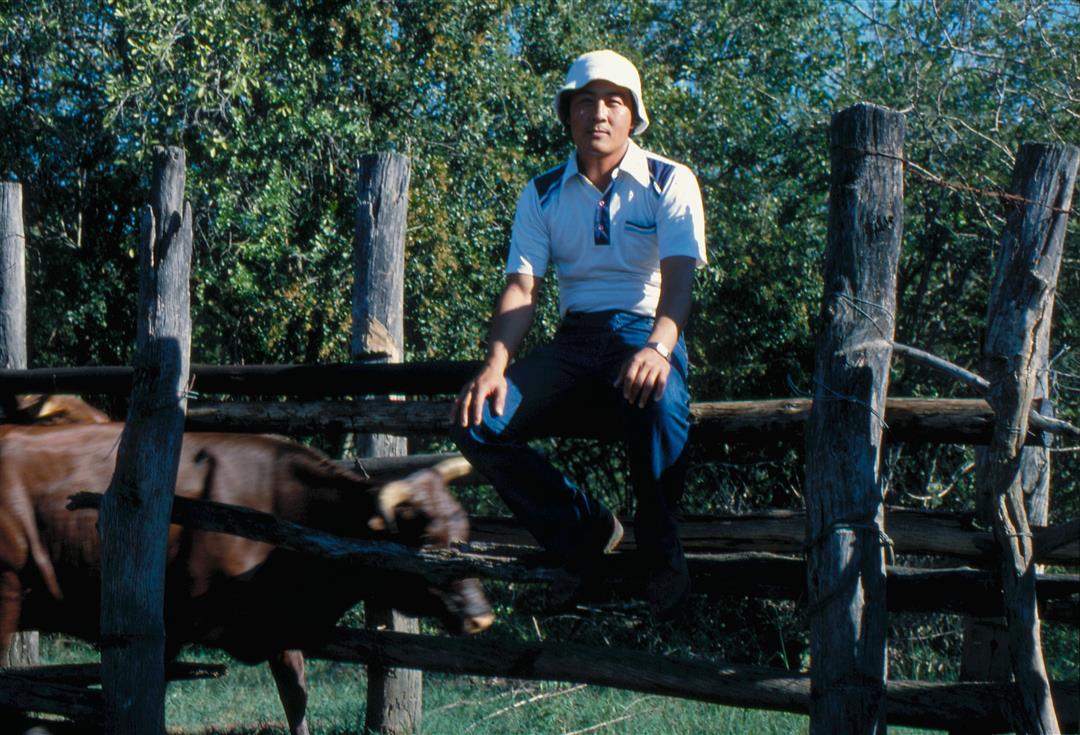
Mission member Wu Kuang-hui supervises the mission ranch.
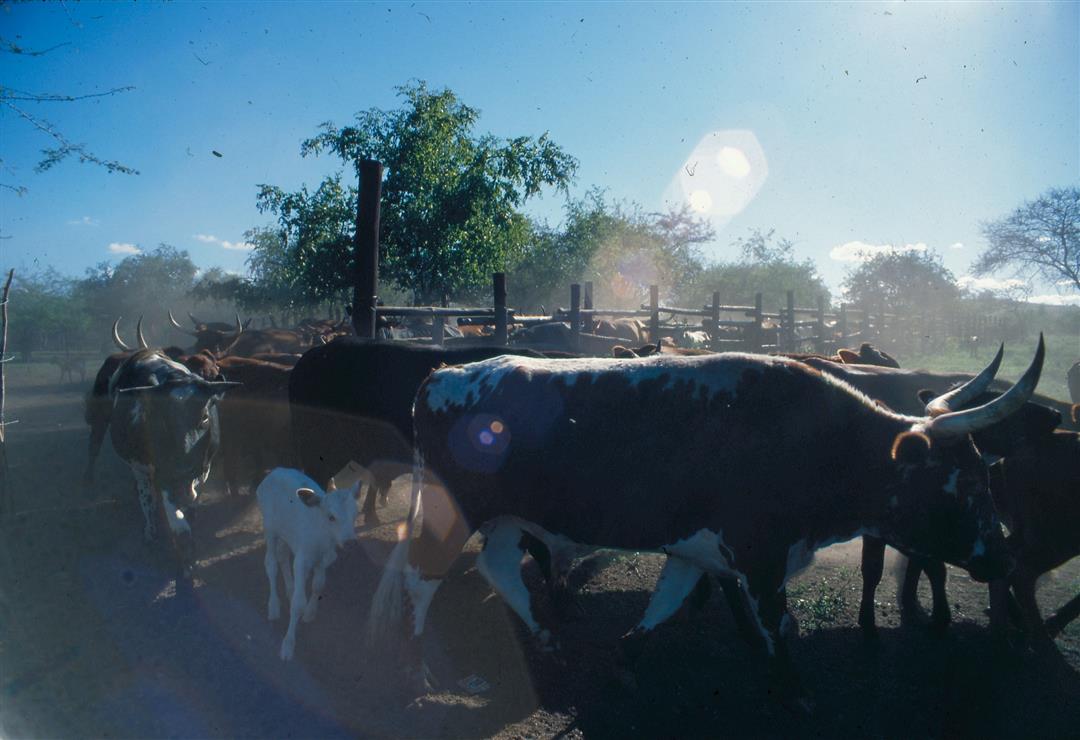
Mission member Wu Kuang-hui supervises the mission ranch.
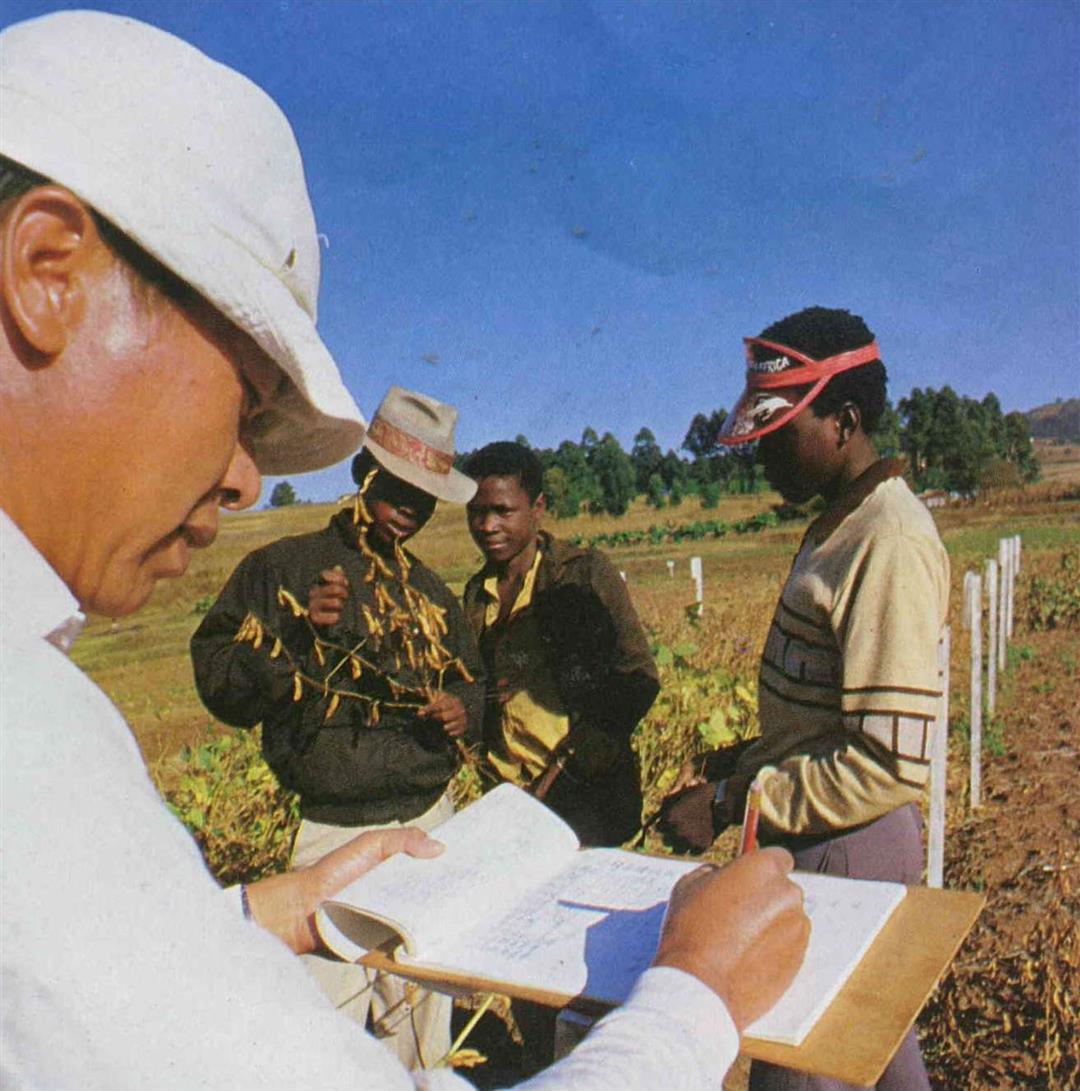
Mission members make thorough records of production.
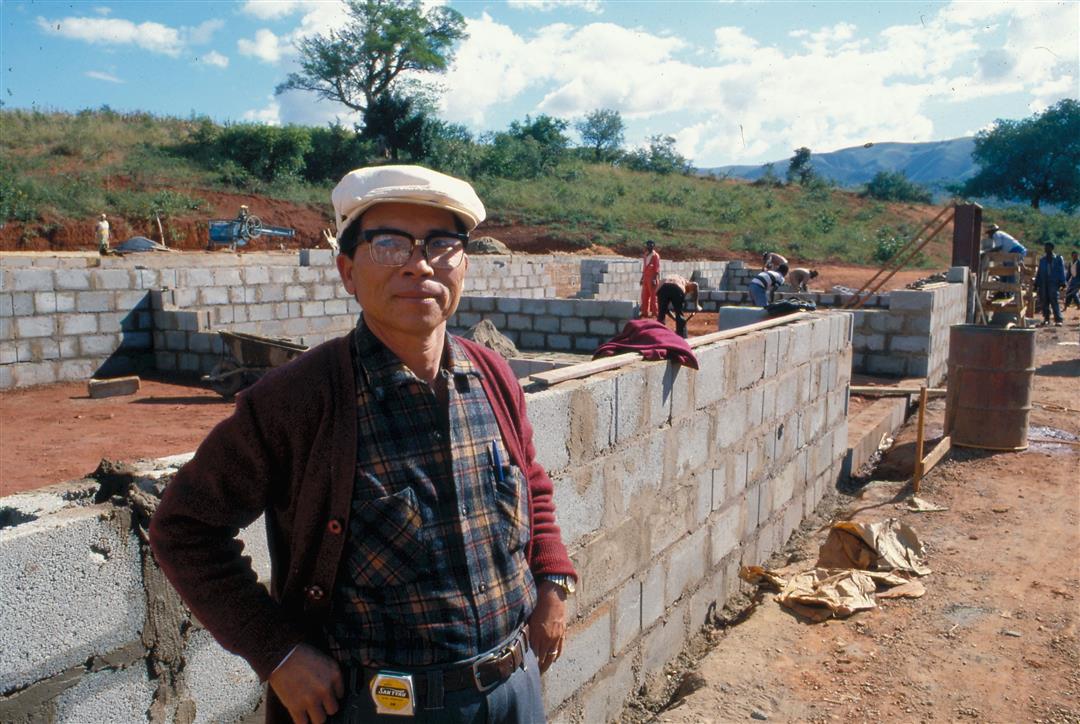
The mission is constructing its own dormitories.
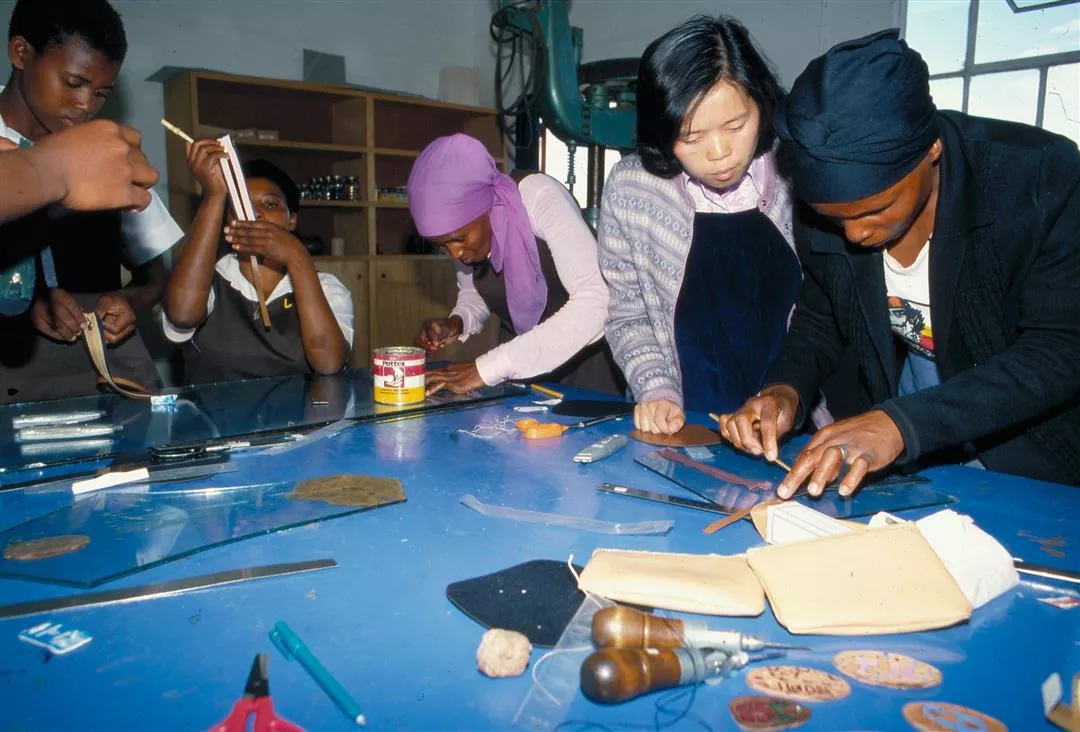
Technician Hung teaches leatherwork.

Design classes place emphasis on commercial applications.
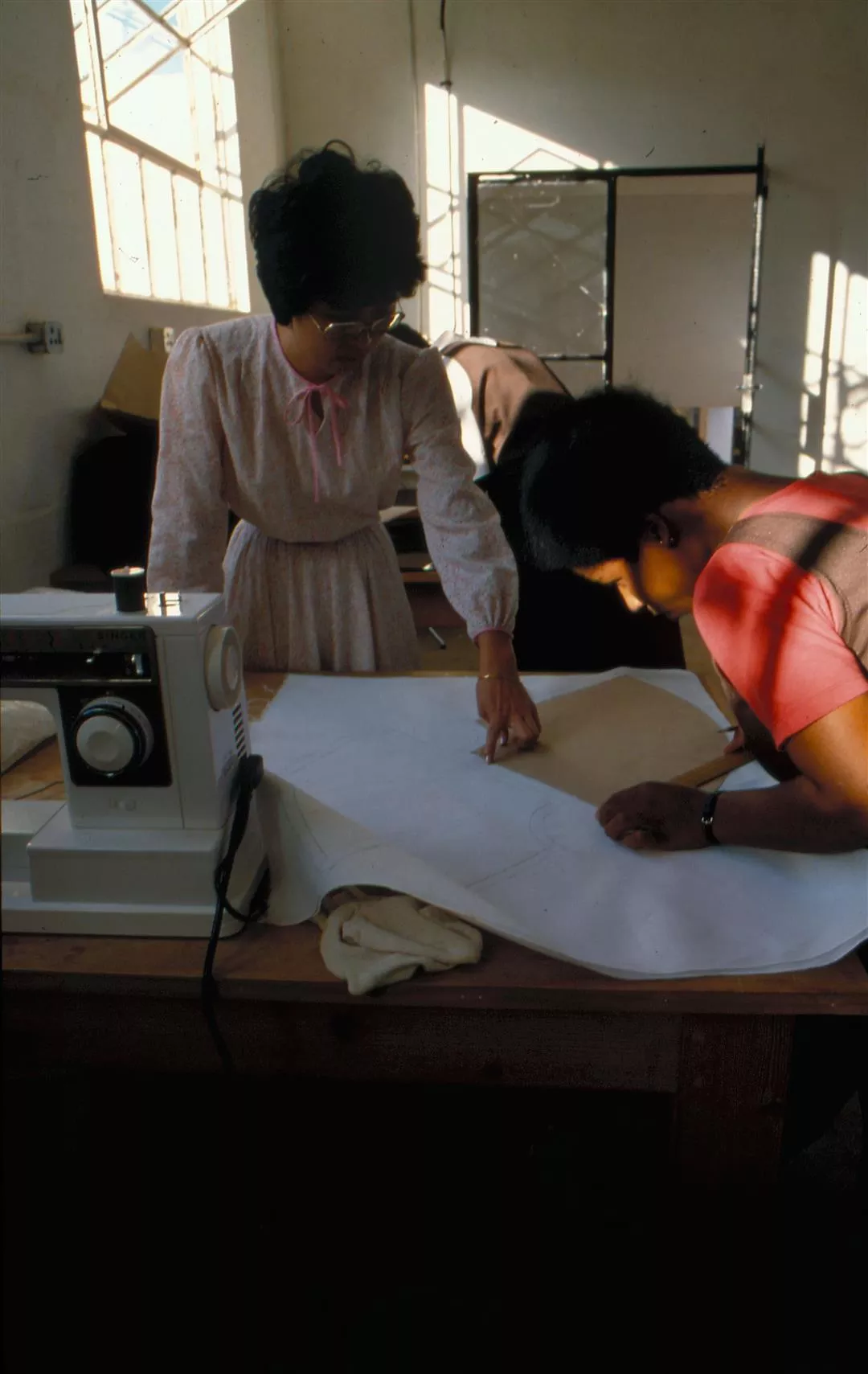
Mrs. Feng teaches dressmaking.

Teaching a student how to use the wheel.
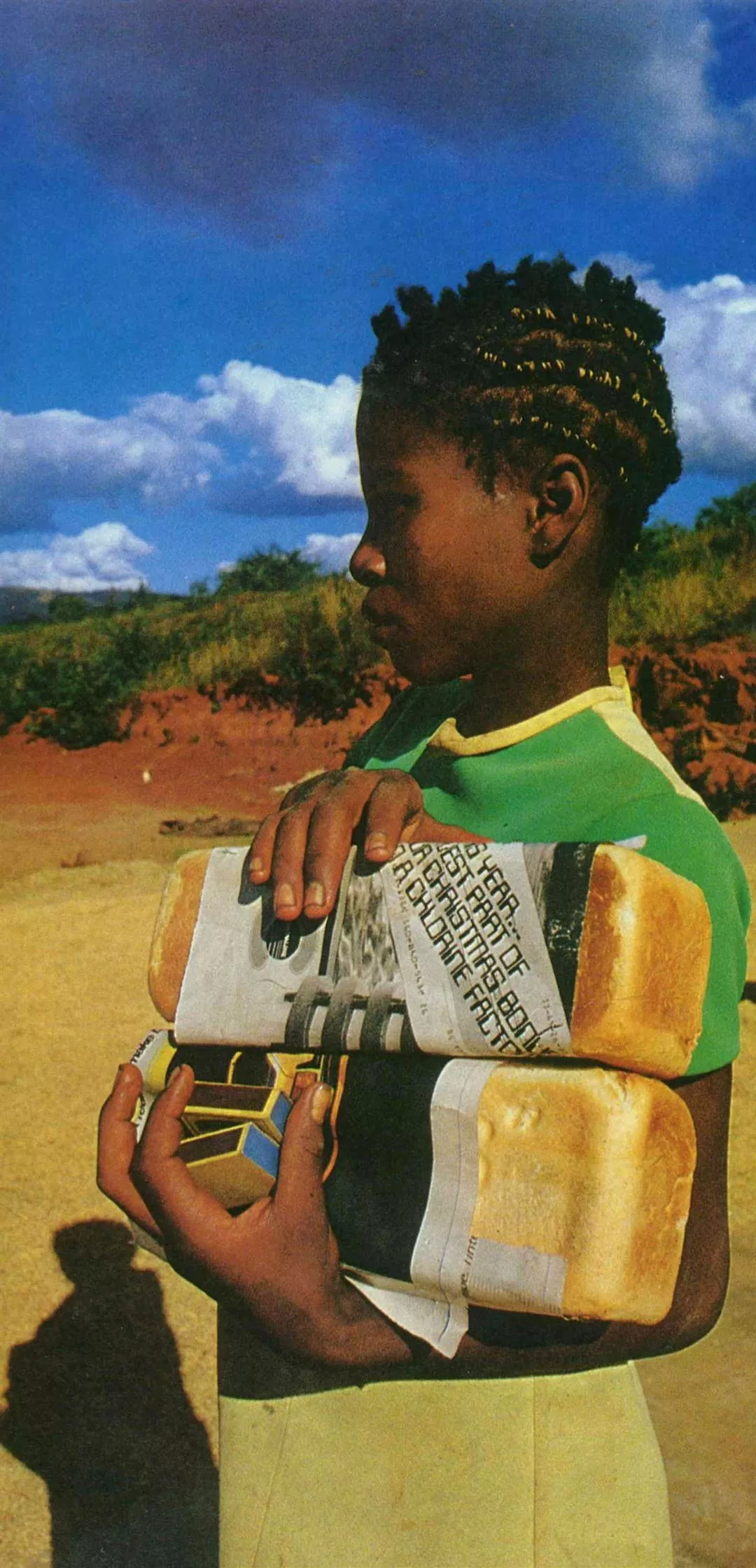
A Swazi girl with two loaves of locally-made bread.
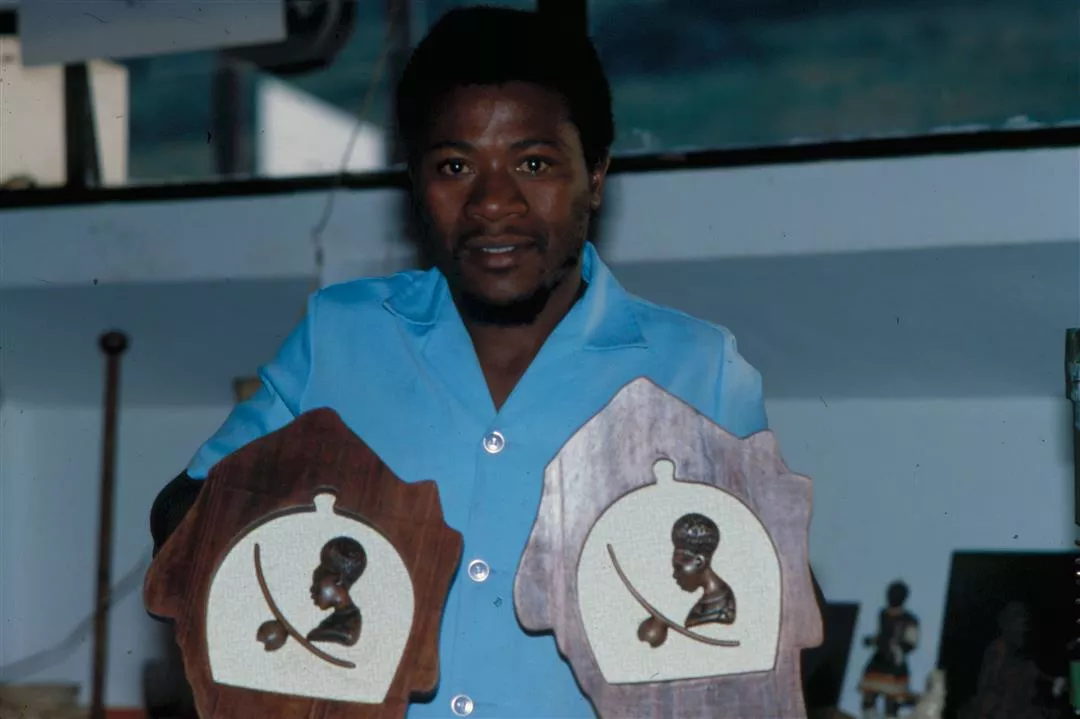
Mr. Bogani with two of his most recent works which are shaped in the form of a map of Swaziland.

A traditional Swazi dance, the Sibaha.